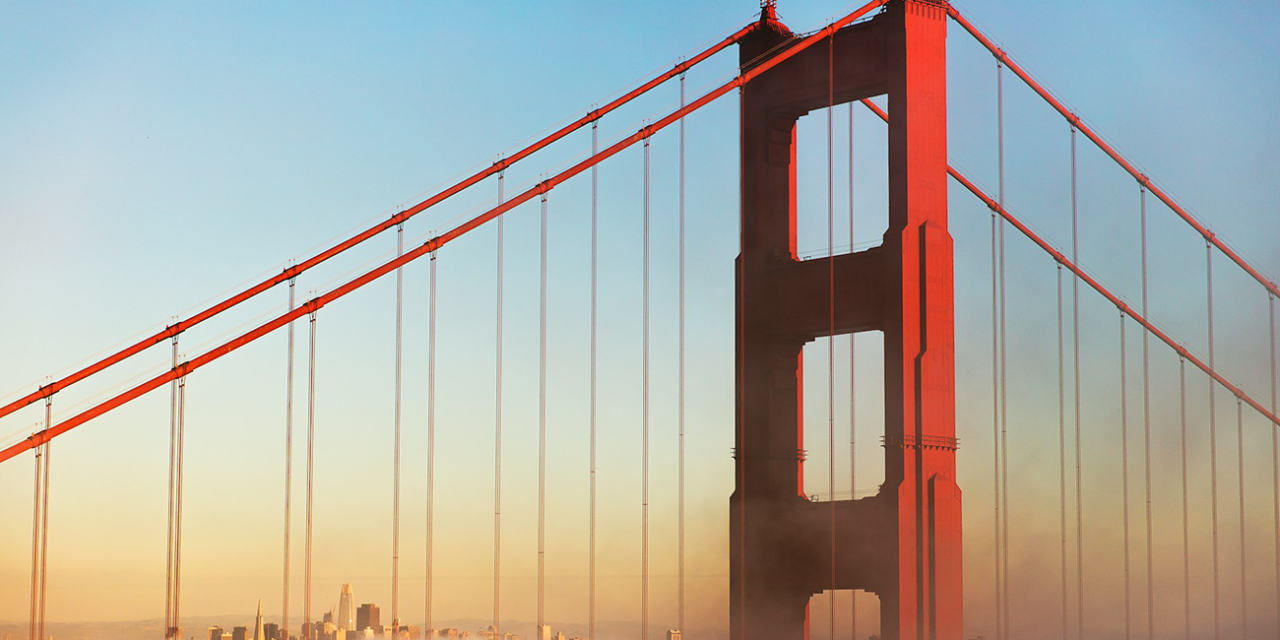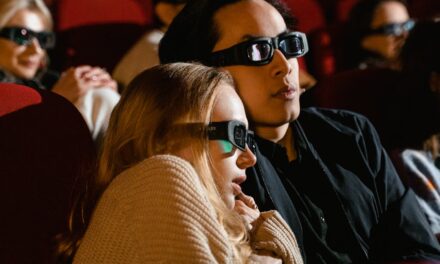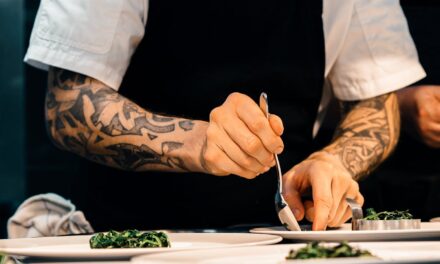As someone who’s breathed in the misty air of San Francisco since my youth, I can tell you this city isn’t just a place on a map—it’s a dynamic story unfolding.
I’ve witnessed its pulse, helped set the stage for its events, and have been charmed by its indomitable spirit. Here’s the tale of San Francisco, a city that dreams with its eyes wide open.
Table of Contents
Before the Gold Rush: The Ohlone and Spanish Beginnings
Ohlone People
San Francisco’s story begins long before the iconic Golden Gate Bridge silhouetted the horizon.
The Ohlone people were the original stewards of this land, living in harmony with the rolling hills and foggy coastline.
- The Ohlone thrived as hunters, gatherers, and fishers, deeply connected to their environment.
- Their culture was rich with rituals and traditions, many of which were tied to the natural world around them.
- Ohlone villages dotted the region, with complex social structures and trading networks.
Spanish Exploration
Then came the Spanish, with the establishment of the Presidio and Mission Dolores in 1776—a pivotal change in the narrative.
- The Spanish brought new agricultural practices and livestock, transforming the landscape.
- Mission Dolores became a focal point for converting the Ohlone and other indigenous peoples to Christianity.
- The Spanish colonial period left a lasting architectural and cultural influence on the region.
The Ohlone legacy and Spanish colonial period laid the foundations for the multicultural landscape that San Francisco would become.
The Boomtown Era: Gold Fever and Rapid Growth
Gold Rush Transformation
Then came 1849, a year forever etched in history books.
The Gold Rush transformed San Francisco from a sleepy settlement to a boomtown. I’ve jogged past remnants of that era, feeling the ghosts of prospectors still wandering the Barbary Coast.
- Thousands flocked to the city, seeking fortune in the nearby Sierra Nevada foothills.
- The population explosion turned San Francisco into a bustling, chaotic metropolis almost overnight.
- Infrastructure rapidly developed, including roads, ports, and businesses to support the influx of gold seekers.
Economic Boom
The Gold Rush brought not only wealth but also a diverse population, setting the stage for San Francisco’s multicultural character.
- Immigrants from around the world, including China, Europe, and Latin America, arrived in droves.
- The city became a melting pot, with distinct neighborhoods and cultural enclaves forming.
- San Francisco’s economy diversified beyond gold, with banking, shipping, and trade flourishing.
The Gold Rush era set the stage for San Francisco’s future growth and cultural diversity.
Surviving Disaster: The Great Earthquake of 1906
The 1906 Earthquake
In the morning of April 18, 1906, the earth shook San Francisco to its core.
Yet, from the ashes rose a city determined to rebuild. Driving through the Marina, I’ve seen the houses that are a testament to the city’s resilience.
- The earthquake and fires that happened afterward destroyed over 80% of the city, leaving more than 250,000 people homeless.
- Despite the devastation, the city’s residents displayed remarkable resilience and determination to rebuild.
- Reconstruction efforts included modernizing infrastructure and implementing stricter building codes.
Rebuilding Efforts
The rebuilding of San Francisco after the earthquake showcased the city’s spirit of innovation and adaptability.
- New architectural styles emerged, blending old and new influences.
- Landmarks like the incredibly beautiful Palace of Fine Arts and the Ferry Building were restored or built anew.
- The city improved its emergency response and urban planning to better withstand future disasters.
The Great Earthquake of 1906 remains a defining moment in San Francisco’s history, highlighting its resilience and capacity for reinvention.
A Cultural Melting Pot: From the Summer of Love to Silicon Valley
The Summer of Love
Fast forward to the 20th century, and San Francisco became the stage for cultural revolutions—from the Beat Generation to the Summer of Love.
Haight-Ashbury’s colorful facades still whisper tales of a time when love and freedom marched hand in hand.
- The 1960s saw San Francisco as the epicenter of the counterculture movement.
- The Haight-Ashbury district became synonymous with the hippie movement, attracting artists, musicians, and free spirits.
- Iconic events like the Human Be-In and the Monterey Pop Festival cemented the city’s cultural influence.
Silicon Valley’s Rise
Now, let’s talk tech.
Silicon Valley’s rise brought a new gold rush of silicon and circuits to the city’s doorstep. I’ve watched startups bloom overnight, their ideas sometimes as fleeting as the fog and others as enduring as the Pacific.
- The tech boom that happened in the late 20th and early 21st centuries transformed the Bay Area into a global technology hub.
- San Francisco became home to numerous startups, tech giants, and venture capital firms.
- The city’s economy and culture were profoundly influenced by the tech industry, driving innovation and growth.
San Francisco’s cultural and technological revolutions have left an indelible mark on the city’s identity.
The City Today: A Canvas of Diversity
Modern Mosaic
Today, San Francisco is a mosaic of cultures, cuisines, and perspectives.
My life here has been a kaleidoscope—helping to manage events that celebrate human endurance, sharing streets with the tech elite, and savoring the world on a plate in the Mission District.
- The Mission District’s vibrant street art and diverse culinary scene reflect the city’s multicultural heritage.
- Festivals and events, from Pride to the Chinese New Year Parade, celebrate the city’s diversity.
- San Francisco’s neighborhoods, from the Castro to Chinatown, each offer unique cultural experiences.
Urban Challenges
The city also faces modern challenges, including housing affordability, homelessness, and environmental sustainability.
- Efforts to address these issues include affordable housing initiatives, homeless services, and green building practices.
- San Francisco continues to innovate in urban planning and social policies to create a more inclusive and sustainable city.
- Community engagement and activism remain strong, driving progress and change.
San Francisco’s commitment to diversity and progress shapes its dynamic and inclusive urban landscape.
Q&A: San Francisco’s Enduring Influence
How has San Francisco’s event scene influenced its history?
Each event, be it a marathon or a fundraising walk, is a thread in the city’s fabric. As my father directed and I assisted, I learned that these gatherings are more than festivities; they’re the heartbeat of the city’s community and solidarity.
What personal moment in San Francisco stands out to you most significantly?
It was on the colorful streets of the Castro where I saw a lesbian couple holding hands, a moment of simple love that spoke volumes. It taught me the beauty of diversity and the courage to live authentically.
In what ways has San Francisco’s unique architecture influenced its culture?
San Francisco’s architecture is a canvas that paints a cityscape unlike any other. Just take a leisurely drive down Lombard Street, the “crookedest” street in the world, or gaze upon the Painted Ladies, those Victorian homes that juxtapose the modern skyline. Each structure tells a story—a narrative of eras past and the city’s eclectic tastes. The architecture isn’t just about aesthetics; it’s about a city’s identity. San Francisco’s buildings, with their boldness and variety, encourage its people to embrace uniqueness and innovation.
How do you think San Francisco’s culinary scene reflects its history?
San Francisco’s culinary scene is one of the great melting pots of flavors, each bite a morsel of the city’s past.
The sourdough bread, a Gold Rush relic; the fortune cookie, a gift from the Chinese immigrants; and the burritos of the Mission District, wrapped with the zest of Latin culture. These aren’t just foods; they’re edible histories. My experiences with the city’s food are like time travel on a plate, with each dish offering a lesson in diversity and fusion.
The Continuing Saga of San Francisco
San Francisco is more than just a postcard city; it’s a narrative of human triumph, a symphony of diverse voices, and a beacon of progressive living.
As I reflect on the city, I see it not only as a backdrop to my own life but as a protagonist in the global story of evolution and acceptance.
What chapters will San Francisco write next? And how will they inspire the dreamers, the doers, and the daring who call it home? The fog may obscure the view at times, but the future of San Francisco shines bright, a lighthouse guiding us toward a tomorrow filled with promise and unwritten tales.





